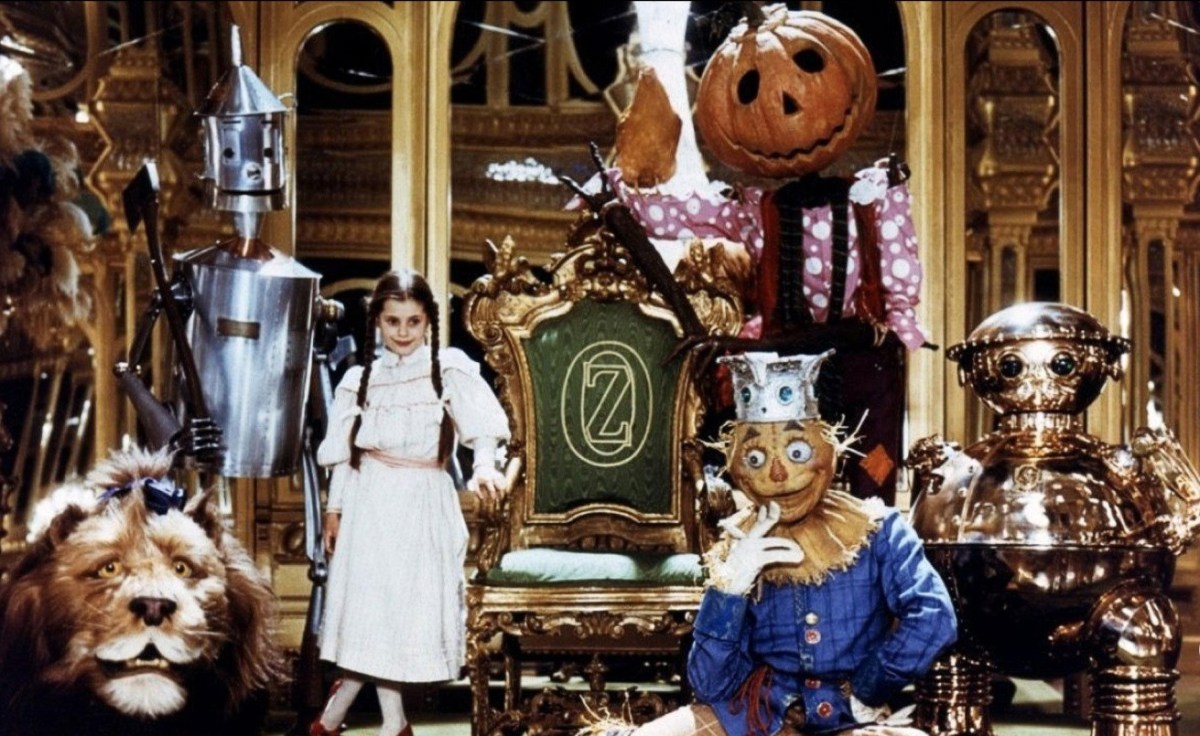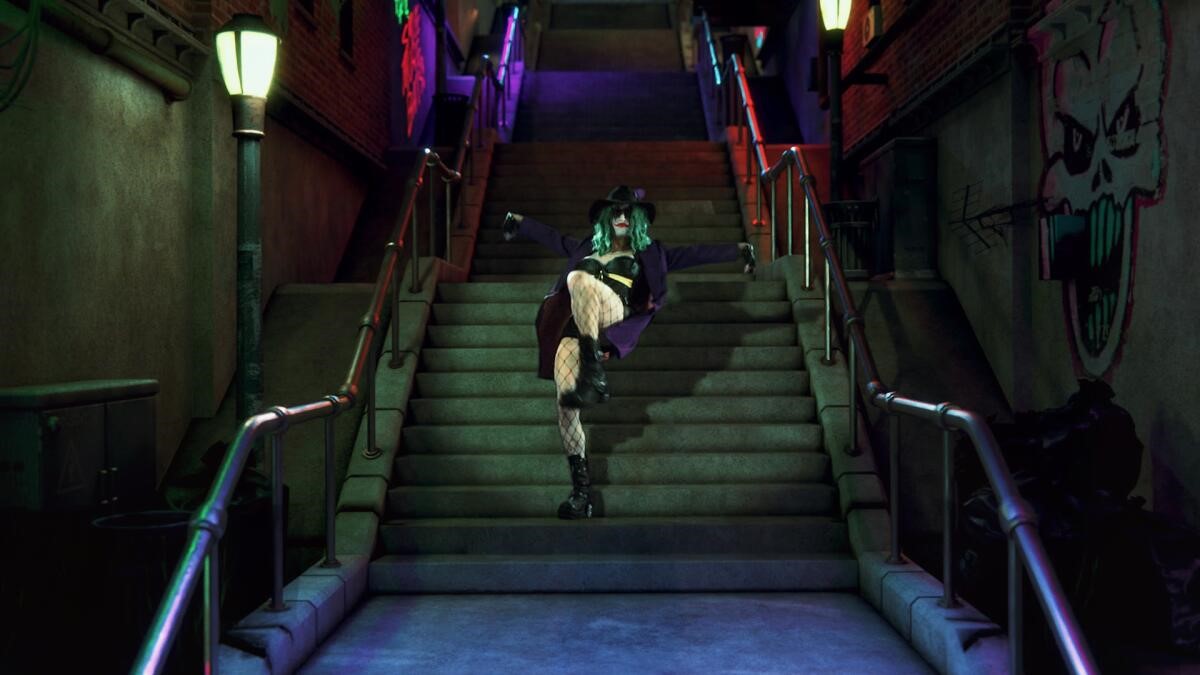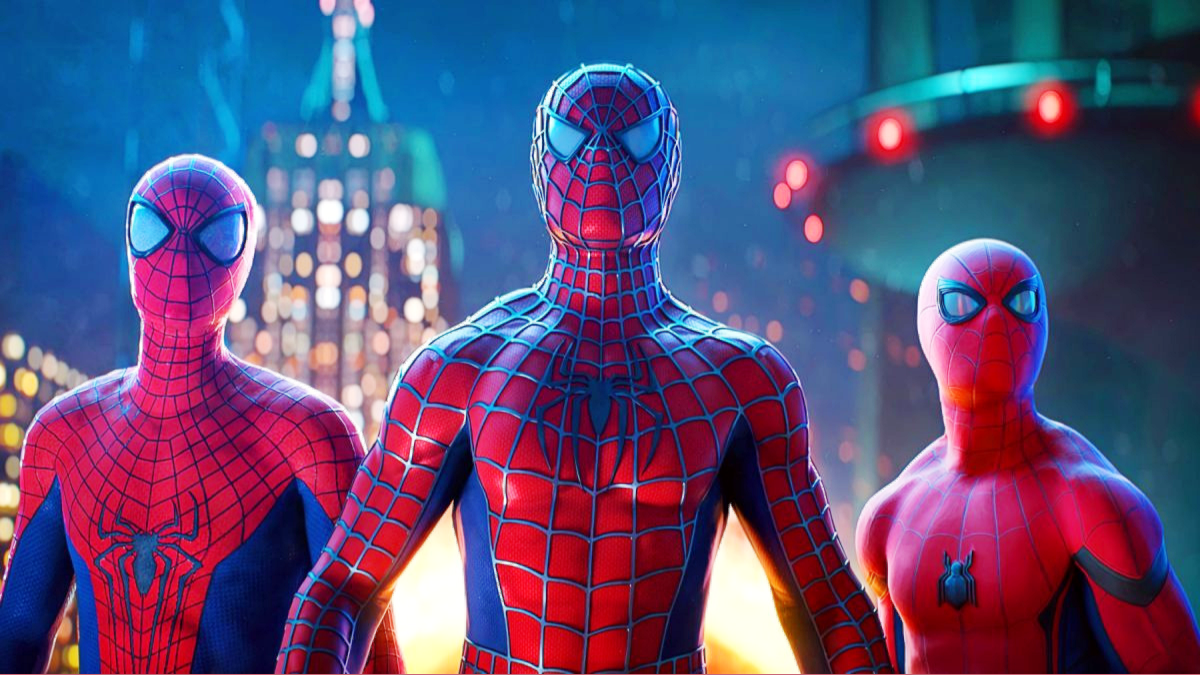Like many other fantasy adventure films during that decade, 1985’s Return to Oz is intriguing, but it’s not always been pleasing to some viewers. The movie was conceived as a “pseudo-sequel” to the legendary 1939 fantasy musical, The Wizard of Oz, starring Judy Garland. What makes it connected at the very least is the use of the core characters that audiences know and love, such as Dorothy, Auntie Em, the Scarecrow, the Tin-Man, and the Cowardly Lion. The story doesn’t follow the contemporary timeline of the 1939 film but acknowledges that Dorothy has already been to Oz like she was in the classic motion picture.
But this is nothing like the whimsical, bright, and colorful cinema classic that almost everyone thinks of when they think of the land of Oz. It’s not even in the realm of what fans of the musical Wicked are used to seeing. Return to Oz is a dark fantasy in every aspect of the term. The finished film though is full of wicked (pun intended) visuals accompanying a dreary plot that isn’t exactly for kids, even in our current society.
Sure, there are probably loads of third graders who are completely caught up on Rick and Morty at the moment, but an adventure that begins with Dorothy being taken to a sanitarium because she’s strongly held onto her memories from her previous trip to Oz, being subjected to a prescribed round of electrotherapy isn’t exactly what kids think of as “fun.”
This isn’t the only plot point that could cause upset, so what else from this cult classic makes it so unsettling?
The concept of child psychology seems to feature strongly in the plot of the film
The so-called “return” in this film is sparked by Dorothy’s aunt and uncle making the decision to have her undergo electroshock therapy. This option is chosen with the hopes of “removing her delusions” about a place called Oz. Keep in mind, this story takes place in 1899, at a time when this sort of mental health treatment — even for children — was considered normal in society.
When you take into account both this movie and the one from 1939, as far as Dorothy is concerned, she knows what she experienced while in Oz to be true, at least in her eyes. At the end of the classic film, everything she describes to her loved ones upon waking up from a supposed dream is laughed off and is considered nothing close to needing medical attention. Auntie Em and Uncle Henry had no such illusions in Return. Their decision to somewhat easily subject their niece to such a dangerous method sparks some thought, at least to contemporary viewers who know that child psychology is a completely different concept now.
Some people believe that Return to Oz plays on the psychological fears of children. But the movie is basically focused on an audience that is predominantly kids, it’s a Disney movie for crying out loud! A YouTube channel known as, “In Praise of Shadows” features a video essay that explains several facets of common fears recognized by child psychology experts (at the time of the film’s production) and how they’re exploited throughout this movie. The narrator goes as far as claiming that at least 40, but upwards of 80 individual phobias are experienced by Dorothy during the course of the story. According to the video, however, this point is utilized successfully because of how closely the film follows creator L. Frank Baum’s original vision.
This video — while informative — is a bit problematic because there’s much to consider regarding the little girl at the center of this adventure, thematically speaking. But keep in mind that this movie is considered to follow very closely what Baum had always intended to share.
So many of the specific fears portrayed in the film are common among everyone, regardless of age. These are things like criticism, medical-related fears such as seeing a dentist or receiving a shot from a pediatrician, and the possibility of death. However, in Return, Dorothy, like a typical kid, experiences the common phobias of her young age such as the pressures of making the lone correct choice, punishment from adults, being left in the care of an unfamiliar adult, having to report to a school-like environment, and nightmares.
Perhaps what makes this whole thing so heavy is that ever since the 1939 film, much of society goes into anything related to Oz assuming what they’re going to experience is at least similar to what Dorothy and Toto went through, not this other end of the spectrum.
This project though was much closer to the source material than the 1939 film was
Baum wrote content regarding all the characters in a tone different from how bright and chipper everything was in the 1939 film. An intriguing 2021 PBS documentary figuratively “pulls back the curtain” to reveal how much of a trendsetter Baum was in children’s literature. In fact, none of the things he ever conceived during his lifetime were quite like the world where audiences first saw those beautiful ruby slippers – which are actually supposed to be silver, according to Baum’s original stories. Think of Baum’s vision as perhaps the precursor to what people enjoy from Tim Burton.
As disturbing as Return might be to some, Baum’s purists appreciate how the film was loyal to the original tone and style that Baum had intended for his universe and characters within that world. And critics of the content must also keep in mind that whatever Baum was creating at the time was contemporary in society – like people being subjected to sanitarium visits stemming from claimed delusions.
On the contrary, a difference in tone that we’ve seen in The Wizard of Oz sort of makes sense anyway. Especially considering many films of a fantastical nature didn’t really contain anything so traumatizing for audiences to take in. But there’s a plethora about psychology that a child would need to understand before sitting through this movie and good luck to their accompanying adult. The grown-up here will likely have to explain to the kid what a sanitarium is, to begin with. And let’s also consider that countless other productions also play on various fears or issues children commonly face. Sure, other children’s stories won’t hit on as many as Return does but that’s not to say that Charlotte’s Web won’t strike a nerve regarding life and death. Or that even a movie as quirky as Little Monsters might make a kid think twice about what’s under their bed.
There are other underlying themes that are too heavy for the shoulders of a child
From his previous work before ever writing about the land of Oz, Baum was a political journalist, writing about the society in which he lived. His own personal and political opinions did influence the fiction he produced and it can be found throughout all of his written material. However, during his era, children worked in factories so anything raw and seemingly dark — even in a children’s book — could’ve been pretty normal at that point in time.
On a side note, it should be considered that Baum’s political ideologies — particularly regarding Indigenous peoples or white people’s social status compared to other races — would certainly get him canceled these days.
In the end, the narrator of the video also makes an overall point that children — regardless of age — perhaps should be exposed to complex issues, that adults are usually expected to understand in order to fully see the true messages behind the creator’s efforts. However, the most important element here is that contemporary children would see this movie through a very different lens, nothing like the way a child in 1899 would view it. Even kids in 1985 would obviously be so far ahead that they wouldn’t fully be able to wrap their heads around what Dorothy is living through in her respective era.
After all of this analysis, the real concept might be over whether or not a child should even be considering these underlying themes to begin with. It’s supposed to be a children’s movie.







